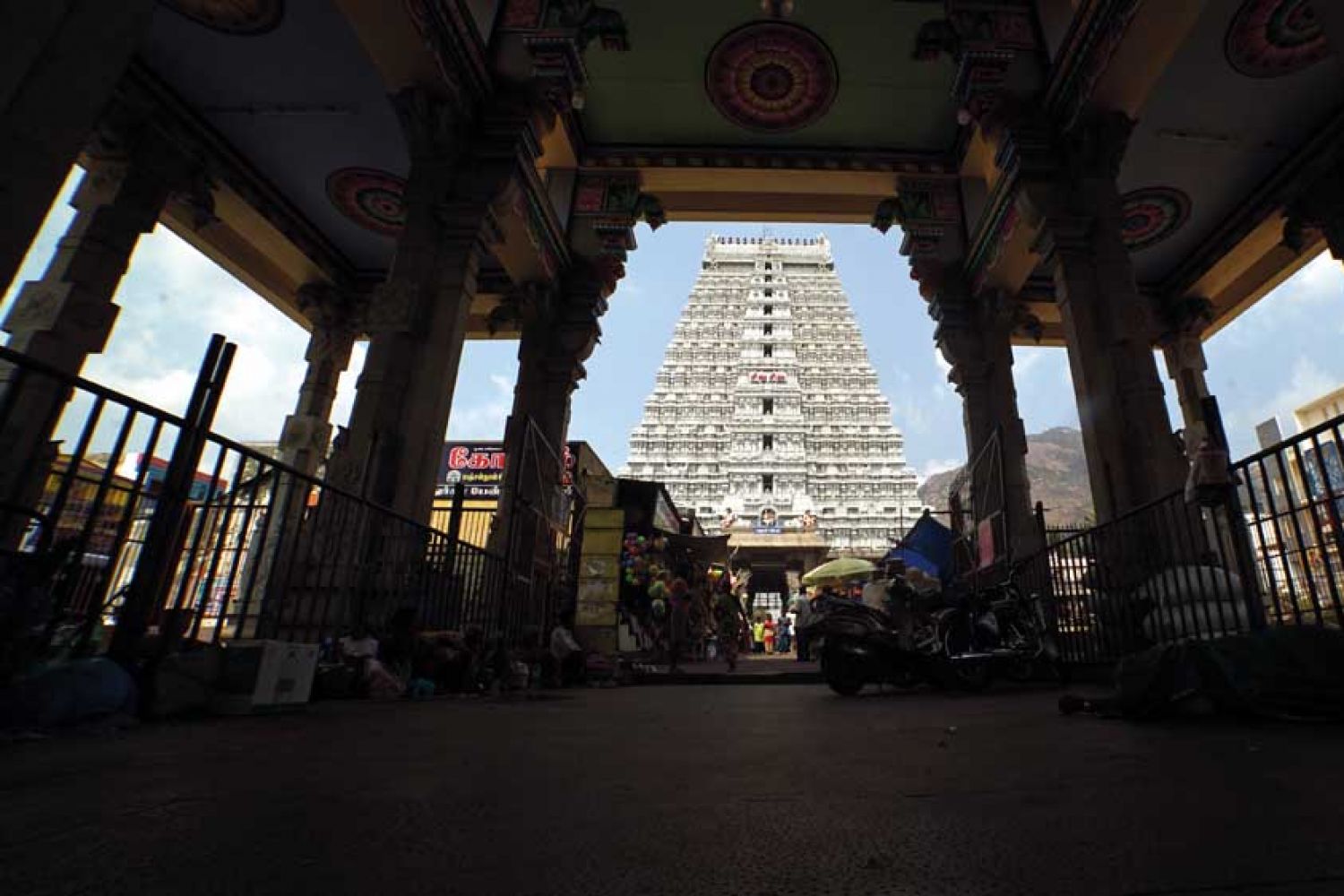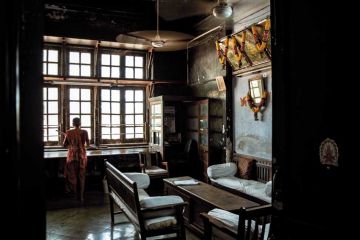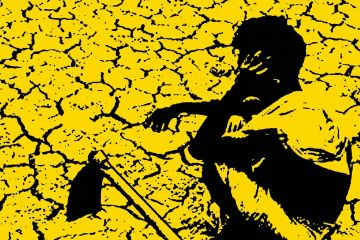
The Self is that where there is absolutely no “I” thought. That is called “Silence”. The Self itself is the world; the Self itself is “I”; the Self itself is God; all is Siva, the Self. – Sri Ramana Maharshi Cheers,” I said. He just stared back at me. My instincts told me to judge him scornful and bitter. But that was long back, at some dimly lit bar in Kerala. By the time I met Shaji a year later in Tiruvannamalai for the second time, I had developed a fondness for his quirks,





